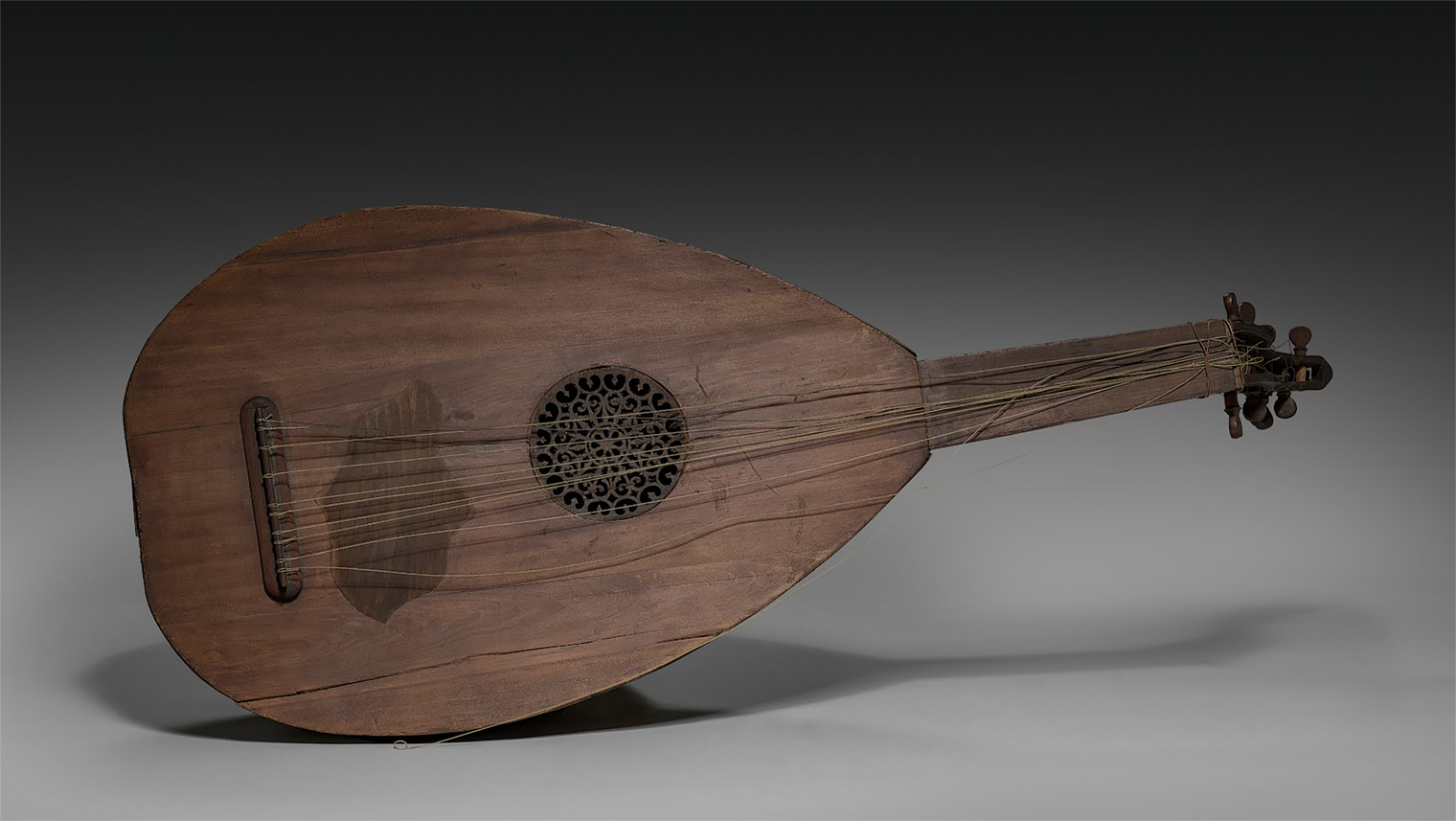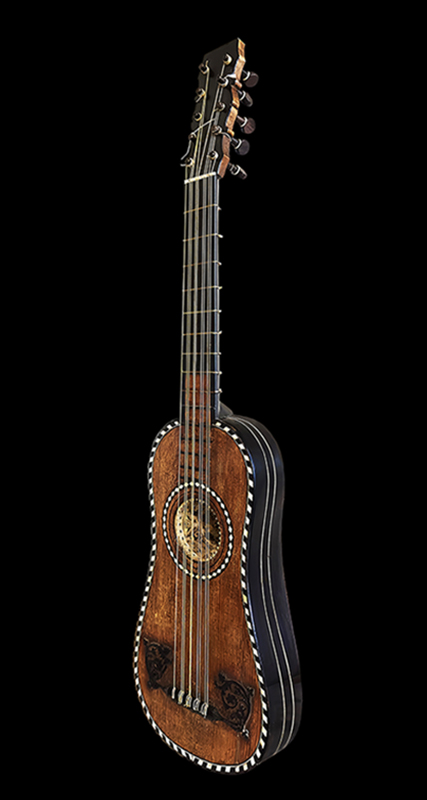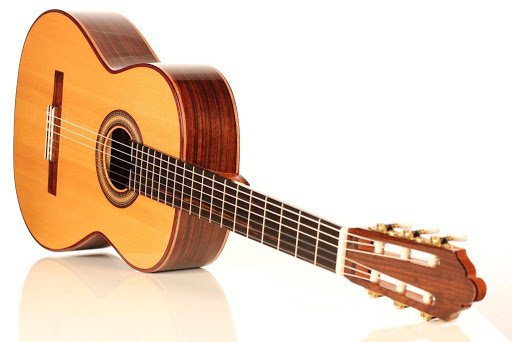The Spanish guitar, with its rich, resonant tones and expressive capabilities, holds a unique place in the world of music. Its journey through history is a fascinating tale of evolution, innovation, and cultural exchange, spanning centuries and continents. From its humble beginnings in ancient civilizations to its modern-day status as a beloved instrument across genres, the Spanish guitar's story is as captivating as its sound.
Early Ancestors: Laying the Foundation
The roots of the Spanish guitar can be traced back to ancient Mesopotamia, Egypt, and Greece, where instruments like the oud and the cithara were played. These early stringed instruments, with their pear-shaped bodies and fretted necks, laid the groundwork for the guitar as we know it today.
The Moorish Influence: A New Sound in Spain
The Moors, who ruled Spain for centuries, brought with them their own musical traditions and instruments, including the oud. This lute-like instrument, with its rounded back and short neck, had a profound influence on the development of the guitar in Spain. The Moors also introduced new musical scales and modes, enriching the musical landscape of the Iberian Peninsula.

The Medieval Guitar: Taking Shape
By the Middle Ages, two distinct types of guitars had emerged in Spain: the guitarra latina, with its four strings, and the guitarra morisca, with its five strings. These instruments, played with a plectrum or quill, were popular among the common people and were often used to accompany songs and dances.
The Renaissance Vihuela: A Golden Age
The Renaissance saw the rise of the vihuela, a six-course (double-stringed) instrument that resembled a larger guitar. The vihuela enjoyed immense popularity in Spain during the 16th century, becoming a favourite instrument of the nobility and a symbol of courtly refinement. Composers like Luis de Milán and Alonso Mudarra wrote intricate and expressive music for the vihuela, contributing to a golden age of Spanish music.
.jpeg)
The Baroque Guitar: Five Courses and Growing Popularity
 In the 17th century, the five-course guitar, with its five sets of double strings, emerged as the dominant form of the instrument. This guitar, with its brighter and more resonant sound, gradually replaced the vihuela in popularity. The Baroque guitar was widely used in Spain and throughout Europe, and composers like Gaspar Sanz and Robert de Visée wrote extensive works for the instrument.
In the 17th century, the five-course guitar, with its five sets of double strings, emerged as the dominant form of the instrument. This guitar, with its brighter and more resonant sound, gradually replaced the vihuela in popularity. The Baroque guitar was widely used in Spain and throughout Europe, and composers like Gaspar Sanz and Robert de Visée wrote extensive works for the instrument.
The Classical Guitar: A Modern Icon Emerges
The 19th century witnessed the birth of the modern classical guitar, thanks to the pioneering work of Spanish luthier Antonio de Torres Jurado. Torres revolutionized the design of the guitar, increasing its size, refining its shape, and developing a fan-bracing system that enhanced its sound projection and tonal quality. His innovations laid the foundation for the modern classical guitar, which quickly gained popularity among both amateur and professional musicians.

The 20th Century and Beyond: Diversification and Global Recognition
The 20th century saw the Spanish guitar embraced by a wide range of musical genres, from classical and flamenco to folk, jazz, and rock. Spanish composers like Isaac Albéniz and Manuel de Falla wrote masterpieces for the guitar, showcasing its versatility and expressive power. Flamenco guitar, with its percussive techniques and passionate energy, emerged as a distinct style, captivating audiences worldwide.
The Spanish guitar also found its way into popular music, thanks to the influence of musicians like Andrés Segovia, who championed the instrument on the international stage. Segovia's virtuosity and dedication helped elevate the guitar to new heights, inspiring generations of guitarists and composers.
The Spanish Guitar Today: A Timeless Instrument
Today, the Spanish guitar continues to be a beloved instrument around the world, appreciated for its versatility, rich sound, and cultural significance. From concert halls to intimate gatherings, the Spanish guitar's captivating tones continue to resonate with audiences of all backgrounds.
Key Features of the Spanish Guitar
The Spanish guitar, also known as the classical guitar, is characterized by several key features that distinguish it from other types of guitars:
- Nylon Strings: Unlike steel-string acoustic guitars, the Spanish guitar uses nylon strings, which produce a warmer, mellower tone.
- Wide Neck: The Spanish guitar has a wider neck than most other guitars, allowing for greater finger spacing and facilitating complex fingerpicking patterns.
- Lightweight Body: The body of the Spanish guitar is typically made of lightweight woods like cedar and spruce, contributing to its resonant and responsive sound.
- Fan Bracing: The internal bracing system of the Spanish guitar, pioneered by Antonio de Torres, uses a fan-like pattern to distribute tension and enhance sound projection.
The Spanish Guitar's Enduring Legacy
The Spanish guitar's journey through history is a testament to its enduring appeal and its ability to adapt and evolve with the times. From its ancient origins to its modern-day prominence, the Spanish guitar has captivated musicians and audiences alike with its expressive sound and rich cultural heritage. Whether played in a concert hall, a flamenco tablao, or a quiet corner of a home, the Spanish guitar continues to inspire and enchant, carrying with it the spirit of Spain and the legacy of generations of musicians who have shaped its remarkable history